We interview Edith Match — a visionary filmmaker, creator, storyteller, and makeup artist with a love of history and the beautifully macabre.
Edith Match is the Creatrix. She has an amazing array of talents, which she uses to create some truly unique and compelling video shorts combining historical retelling and artistic flair. The shorts are all written, acted and directed solely by her. In addition, she conceives the costumes and makeup for her productions — and even includes tutorials to help others recreate her inspired looks. I’ve been a fan for quite some time, and it was an honor to be able talk with Edith about her inspirations, her love of the classics, and how she brings her own passionate vision and uncompromising style to each of her creations.
INTERVIEW WITH EDITH MATCH
1. I first discovered you on Instagram, and then your “Edith Was Here” YouTube Channel, and I found myself hooked. How would you describe yourself as pertaining to your artistic creations and occupation?
Thank you for watching my short films! I use the term “Creatrix” for what I do. It’s an all-encompassing title, as I do a little of everything. A one-woman show.
2. Your videos are a tour de force; you write, direct and act, and create the music and do all your makeup and special effects, and you create all of your wardrobes in your videos (If I am ever married, you will design my dress). Where and how did you pick up these skills?
Over the years, I taught myself these things as I needed them for whatever project I was working on [at the time]. For me, the best way to learn is to just throw myself into it and keep going until it (!) works. I’ve been toying with filmmaking and sewing since I was young and began in theatre while still in my teens. My interest in special effects happened around age ten when I checked out Dick Smith’s Do-It-Yourself Monster Makeup Handbook from the library. I’ve been doing it myself ever since! Music is the newest, and I admit I’m a complete novice to composing. But I’m sneaking little bits in here and there.
3. You present your videos/creations with a dark view of history, but with a Victorian, or an older time frame sensibility. It is also macabre. Where did your fascinations come to develop?
I credit Silent and Pre-Code era expressionism and also 50s Hammer for inspiring that sensibility. There’s an otherworldly quality to those films. One that’s their own universe. I also set characters in other time periods to avoid the banality of modern attitudes. Things are too clever for their own good and I base most on an emotional detachment, creating a false sense of superiority to the characters in the viewer. If you aren’t drawn in and find yourself attached to the characters, you’re only a casual spectator. If my films included the comforts of modern tech and culture…well, look at Oliver in Jacqueline Ess.
The story was set in the 1980s originally, and were I to put it in the modern day, he’d have texted her a hundred times, stalked her Instagram and maybe posted a few broken heart memes after she’d left him — and that would be that. To push the setting all the way back to the 1930s, he has even fewer avenues to contact her than the 1980s, and the world feels so much smaller. With the world smaller (and the economic and social fear of the decade), things mean more and you give more of yourself. Oliver can be realistically led by a passionate heart in the 1930s that 2019 doesn’t offer him.
4. You love the oldies (Buster Keaton, Frederic March), but I know you love old horror films as well. What horror films stand out in your mind, and what type of horror genre are you partial to (slasher, psychological, monsters, ghosts)?
I always recommend 1931’s Dr. Jekyll and Mr. Hyde directed by Rouben Mamoulian. I’ve never seen a film so ingeniously put together and one that shows the progression of the characters after each transformation. The story doesn’t exist in a vacuum. Each time he transforms, Jekyll appears wearier and Hyde more grotesque. It was a logical choice for story progression, but it’s rarely handled in this clear way. It’s important to show that each decision and action has a lasting effect than one cannot undo.
I feel Dark Fantasy sums up my personal taste in horror. Films like Jekyll and Hyde and 1920’s The Cabinet of Dr. Caligari. Curse of Frankenstein from 1957 is more bloody than those two, but another favorite shifting between fantasy, science fiction, and horror. Body Horror is a genre I find fascinating as well and work within subtlety. Both the 1958 and 1986 versions of The Fly are wonderful examples of the real life and lasting ramifications of turning into a “monster.”
5. In your mind, what does horror represent to the fan? Is it our escape from the cruel realities of life, or is it the safe dance we do to imagine how we cope with horrifying situations? What do horror archetypes mean to you?
I suppose it depends on one’s particular taste in horror. Some prefer horror comedies — you can laugh at your fears while experiencing them. A thrill-seeking mentality. One I don’t exactly share, but respect. My favorite horror stories involve outsiders. Frankenstein’s Monster, Caligari’s Somnambulist, etc. It’s not that they don’t have dangerous aspects to them, but the world in which they exist doesn’t allow them much of a chance for anything else.
6. Now I know you know how to use a makeup brush (there is an understatement). What films stand in your mind as the pinnacle of makeup magic and perfection? What are your thoughts about CGI and digital processes in filmmaking, and do you feel an art form is fading?
I’ll mention 1931’s Jekyll & Hyde again for a perfect example of makeup transformation. Rick Baker for An American Werewolf in London. Rob Bottin for everything. I don’t feel that the art form in its most basic expression is fading away, in that I have seen modern filmmakers using practical effects as a draw to watch their films, but I do feel we’re losing characters to gore and wounds only. Though these creations are important, the work of pioneers like Lon Chaney, Jack Pierce, Dick Smith, and Millicent Patrick drew me in by their ability to create living (sometimes dead) breathing beings to connect with. Gunshot wounds and viscera are impressive creations, but without a person or reason, it doesn’t mean anything. As far as CGI, it works when it’s used to smooth out some practical effects, but solely CGI makeup doesn’t hold my interest.
7. As a director, your film shorts display a soft touch, a tenderness, even to villain-ish characters. Do you feel an affinity to the “evil” characters more than the innocent? Do you feel they present a more interesting case for the viewer?
I feel they represent a more realistic case for the viewer. The dark characters I’ve played have made mistakes. Some grievous, but that isn’t their whole. Empathy is inevitable when three dimensions of a person are exposed. Particularly, their vulnerabilities and their mistakes.
8. As a writer, I always want to promote novels. What are your top three horror genre novels you’ve read?
I admit to being a fan of short stories and novellas more than novels. There are certain authors that have yet to let me down, though. H.P. Lovecraft, Anne Rice, and Clive Barker. You will not go wrong with their fantasy and horror works.
9. I know you have an itch to direct a full-length film. Imagine you won the lottery and have $10,000,000 in cash to put together your dream movie. What would we as your fans expect to view?
Hopefully, a point of view rarely seen. The lonely, the disfigured and the overlooked is where I focus my work, and a larger budget feature would explore those themes free of the constraints of a short film narrative. Unflinching.
10. You have a new project coming out soon, based on mythology and legends. What are the details? I have viewed your promos, and I can’t wait.
Huzzah! Yes, I’ve been working on a performance art film, based on the story of Medusa. The goal was to have it completed sooner, but when you do it all yourself, it takes time — especially considering the headpiece alone has forty-eight moving snakes. April is the slated release.
11. The theremin, how and where did you pick up that blessed instrument?
As a child, I saw two films that featured a theremin: the 1951’s science fiction film The Day the Earth Stood Still directed by Robert Wise and Jerry Lewis’ 1957 comedy The Delicate Delinquent. I’d never heard or seen anything like it before! Many years later, I finally got my hands on one. And though it’s extraordinarily challenging, it remains the only instrument I’ve consistently stuck with (through my life). It’s unpredictable and temperamental, but in being those things, it’s never failed to hold my attention.
12. Where do your film and project ideas come from — a dark recess in your mind, an external source, or they are born by random?
Usually, something unrelated triggers an idea. Likely, a song. Then a nebulous visual forms in my head, and it goes from there. It catches fire and burns.
13. When you sit down and create, what is the one item you must have in your creation?
Not an item, but a feeling. Emotions. Strong and unfiltered.
14. You include tutorials in makeup and special effects alongside your videos, which your fans treasure (I know I loved the Triangle Shirtwaist film and that makeup and costume design). Is it for the love of filmmaking or your intention to teach us viewers drive you?
Both. The purpose of working within the darker aspects of history was to illuminate them. Prostitutes, Factory Workers, southern poverty during The Depression, these are things rarely touched on without glossing over them or glossing them up for a more romanticized take. The prostitute or the garment worker isn’t the co-star or the plot’s turning point, but the lead. She’s the only person you see. These were all real people, and I wanted to show them in the only way I knew how to film them. I wanted an audience to connect with history the way I do, with my heart. Makeup isn’t dress-up to look like someone else yet remain apart from them, to put it on is to inhabit another’s life. Lives I will always do my best to revere.


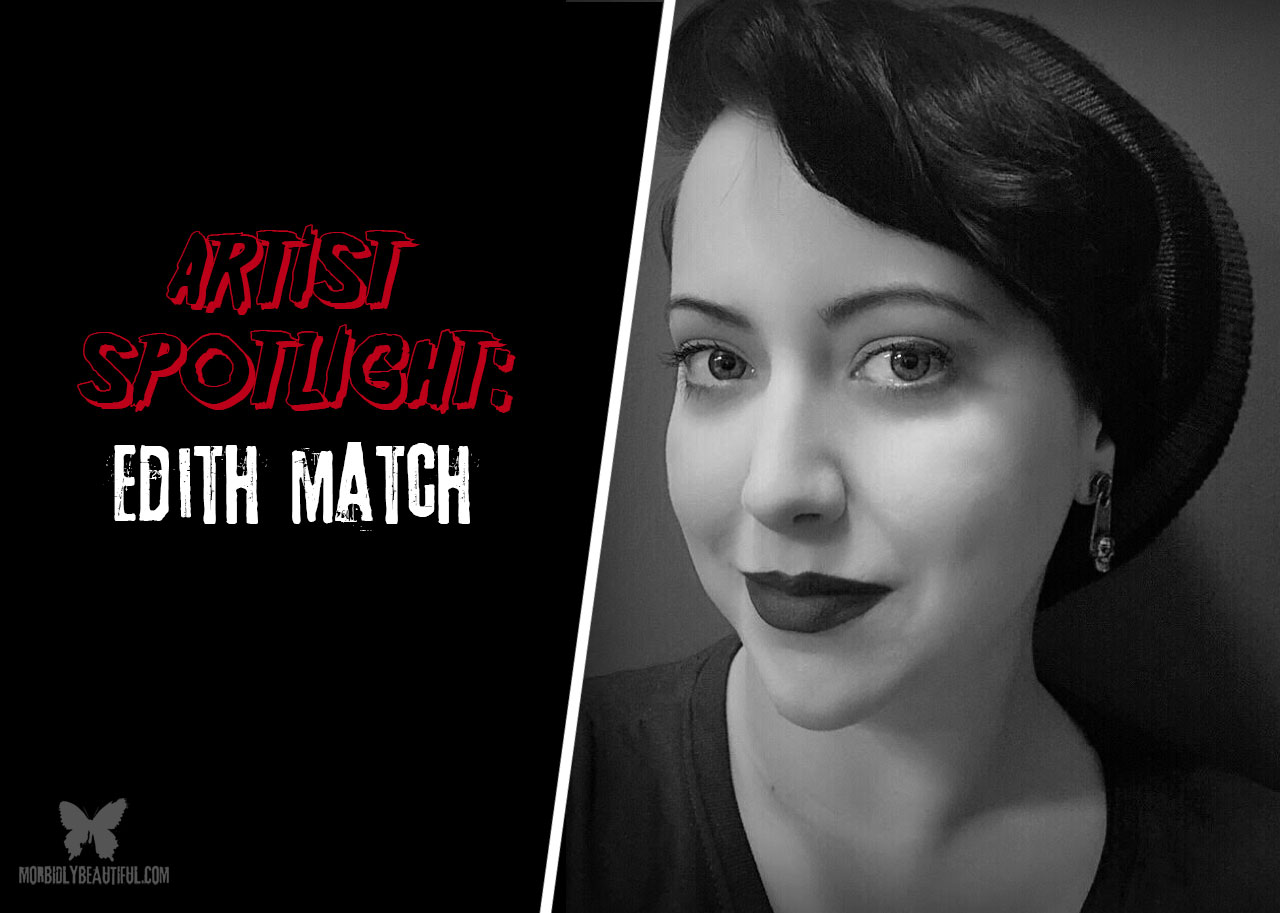

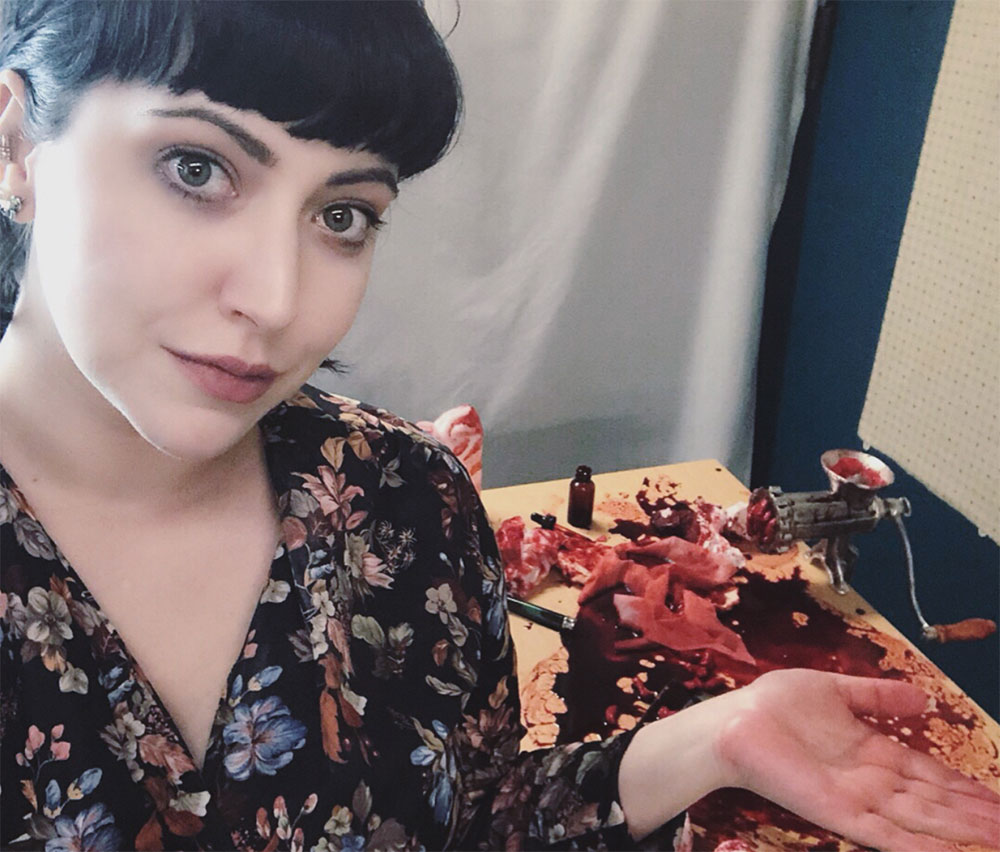
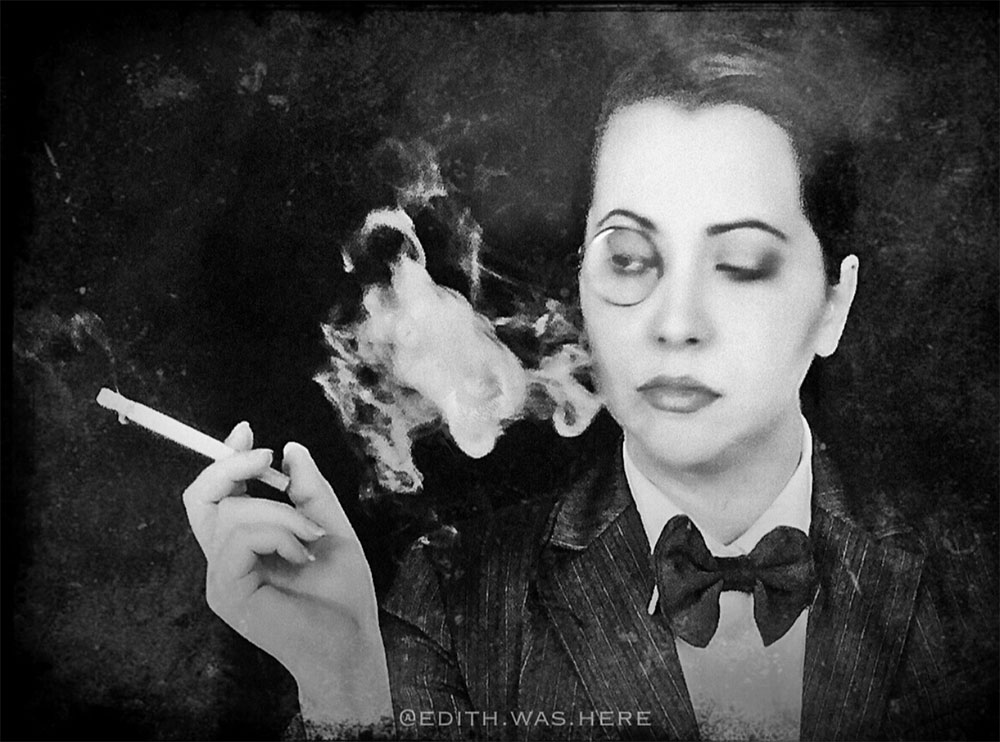
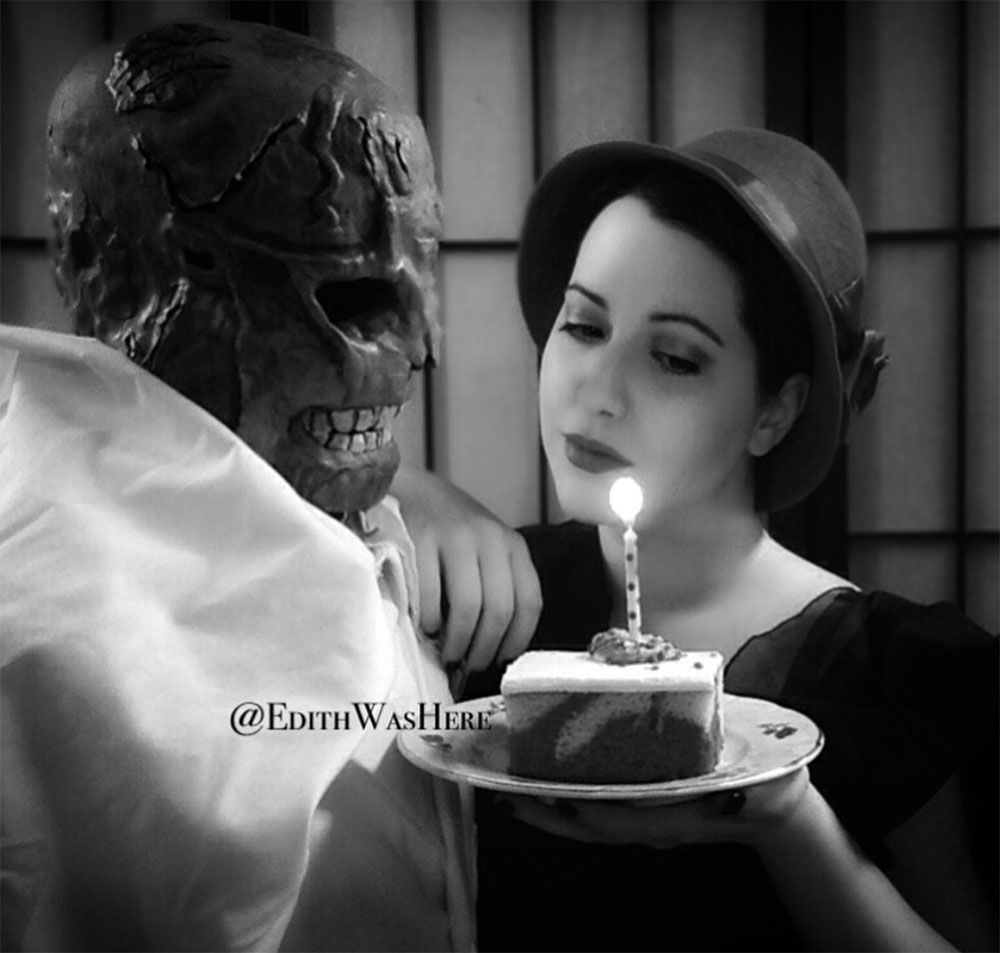
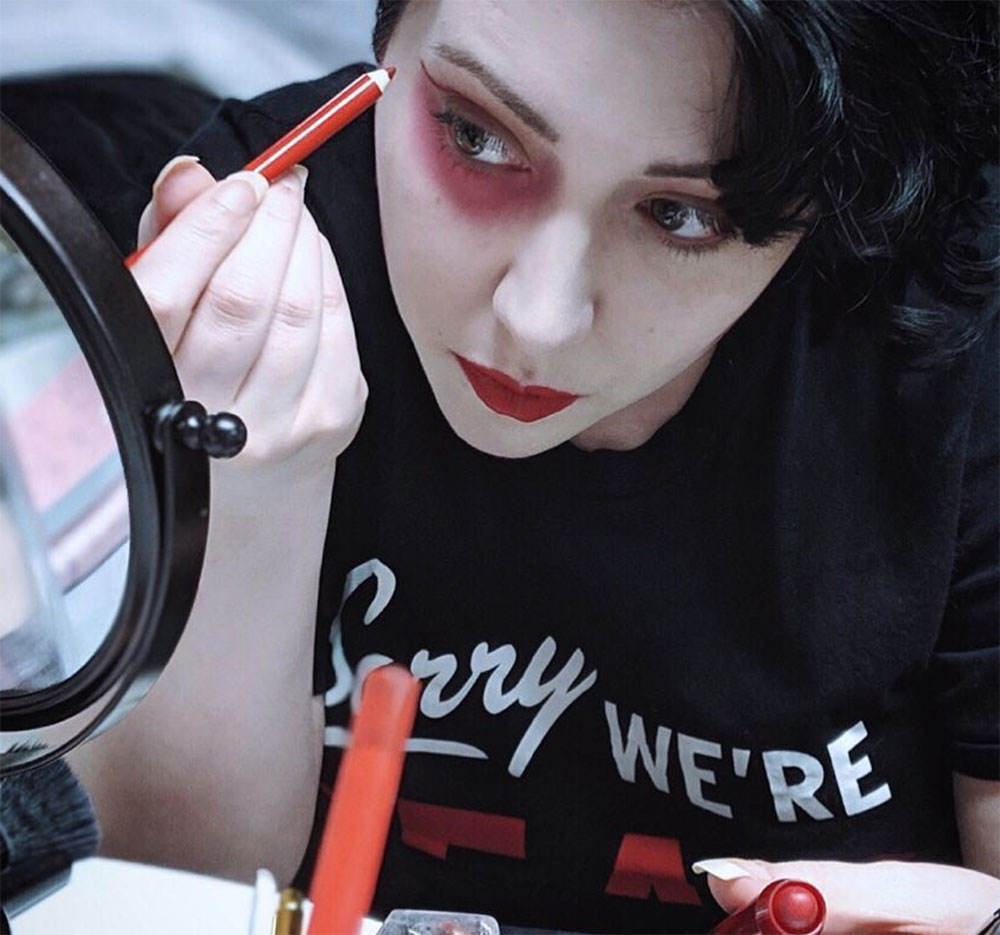
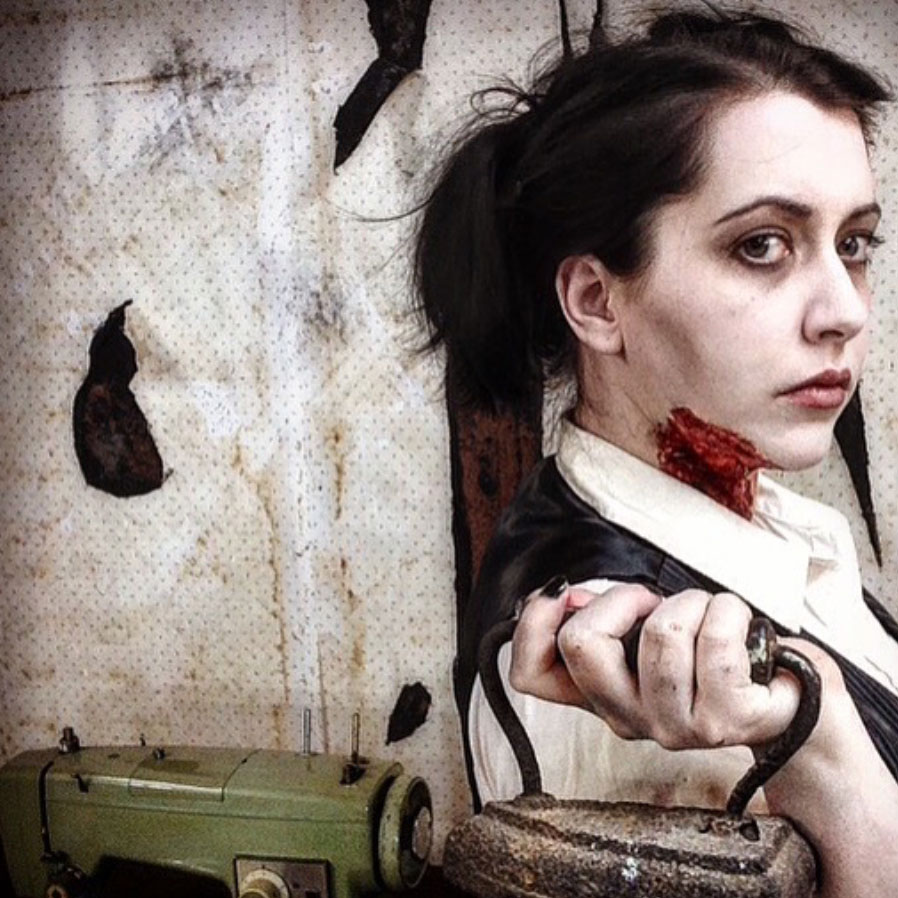
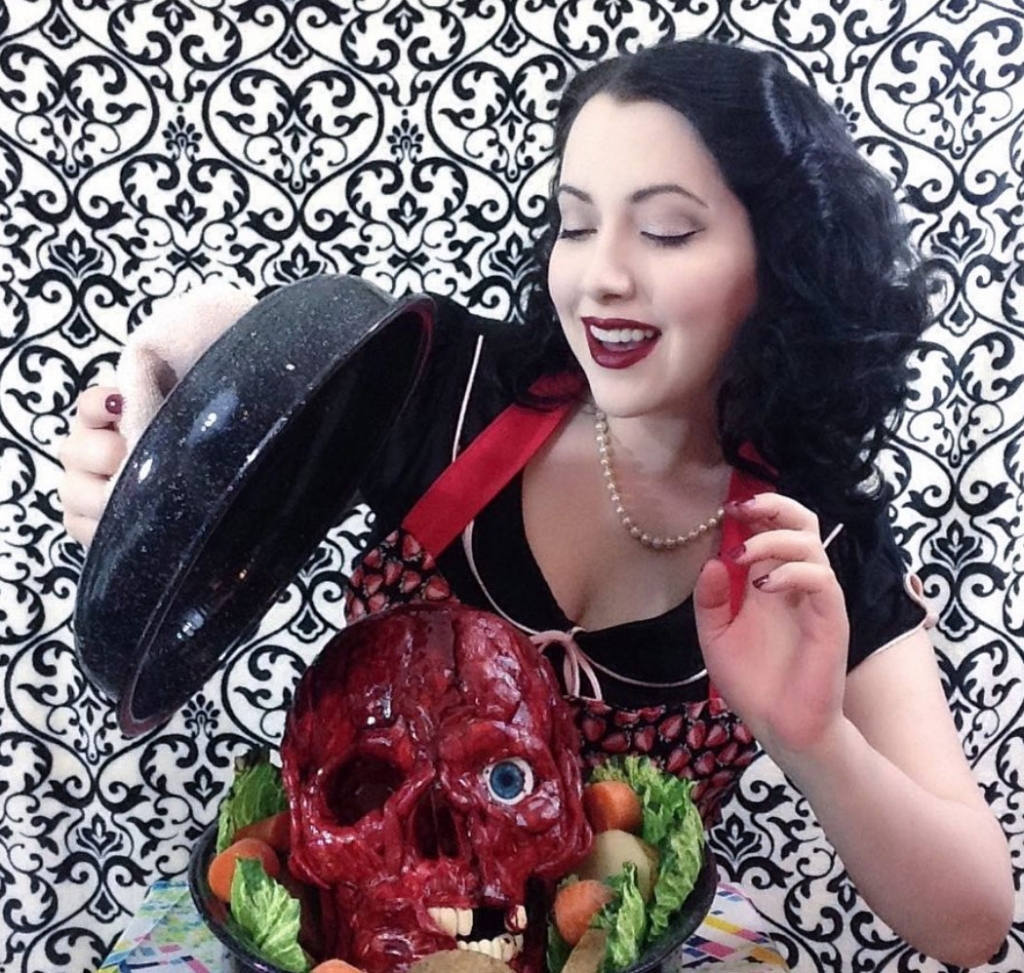


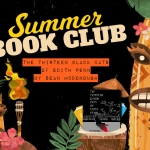
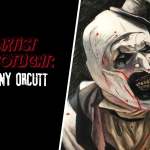
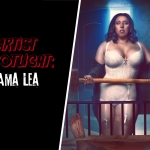
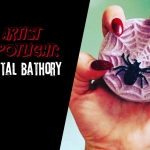





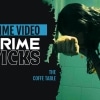






3 Comments
3 Records
Richard wrote:
Huzzah, Morbidly Beautiful! What a wonderful interview, Tavera! I’ve been a fan of Edith’s for years and she continues to inspire and amaze me with her talent and vision. We can expect big things from her, she is going to be a tremendous success!
Tavera Del Toro wrote:
Thanks, and thank Edith, she’s a great artist and amazing person.